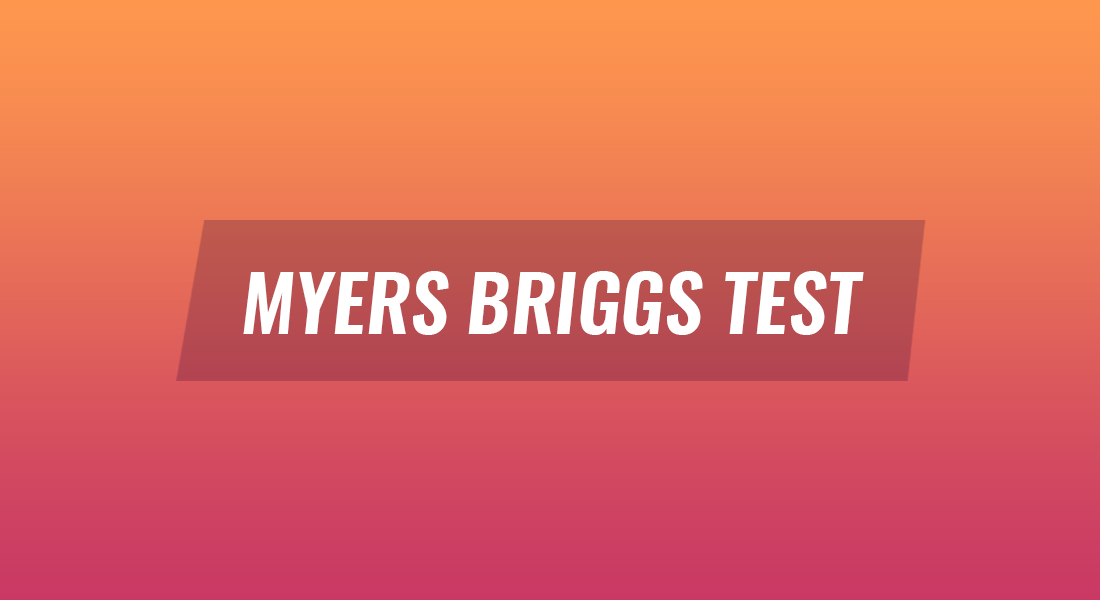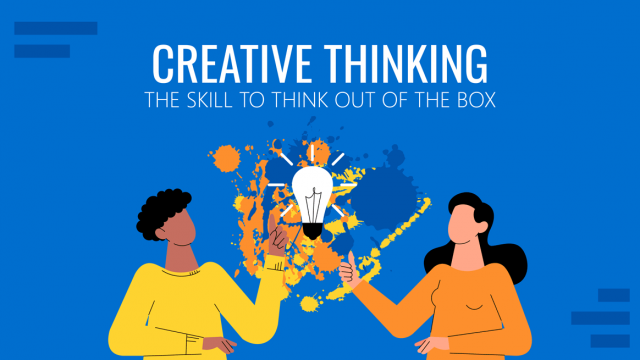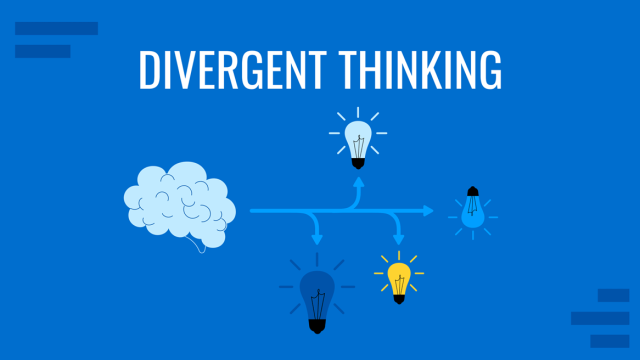
You might have heard of the Myers Briggs Test. There are numerous websites offering personality tests which place people in one of 16 personality archetypes described by Myers Briggs Type Indicator. This is based upon a system developed by Katharine Cook Briggs and Isabel Briggs Myers; the latter being the daughter of Katharine Cook.
What is the Myers Briggs Test?
MBTI or the Myers–Briggs Type Indicator is meant to determine psychological preferences in individuals, placing them in one of the 16 personalities defined by the system. The system itself is based on Carl Jung’s theory of psychological types, which was further converted into a more structured approach for the creation of MBTI.
Each of the personality types is given an abbreviation of their attributes, where the personality is described according to the individual’s ability of extraversion/introversion, thinking, judgment, sensing, introversion, intuition, feeling, and perception. For example, the ESTJ personality type means E for extraversion, S for sensing, T for thinking, and J for judgment.
How to Present According to Your Personality Archetype?
If you’ve taken a Myers Briggs Test and now want to understand how to translate your personality attributes into your presentations, by making the most out of your abilities; then refer to your personality archetype below.
The Architect (INTJ)
INTJ stands for Introversion, Intuition, Thinking and Judgment. This is one of the rarest personality types and relies mostly on logical reasoning to achieve desired goals. The personality type is estimated to be 2% of the population. INTJs can be quite idealistic and cynical at the same time.
As a presenter, INTJ’s should stick what they’re good at, i.e. by focusing on key facts, logical patterns and their intellect to persuade an audience. Since INTJs are introverts, they might feel more at home sticking to what makes them feel comfortable in a presentation topic.
If you’re an INTJ, your strength is your logic, reasoning and the ability to look things through a rational prism. However, don’t make your presentation content too complex, unless you have the audience who understands the intricacies you are trying to explain.
The Logician (INTP)
INTP stands for Introversion, Intuition, Thinking and Perceiving. This is another rare personality type which makes up for an estimated 3% of the population. INTPs can be creative and are good at outside the box thinking. As a presenter, an INTP can rely on the aforementioned to come up with innovative methods to grab the attention of an audience. There is no harm in being a little unconventional, as that is after all your strength.
The Commander (ENTJ)
ENTJ stands for Extraversion, Intuition, Thinking and Judgment. ENTJs are natural leaders with a charisma that can be great to use as a presenter. As an ENTJ you can rely on your charm and strong leadership skills to guide your audience in a discussion. ENTJs can be great for persuasive presentations, since they are extroverts, with a lot of energy and confidence.
The Debater (ENTP)
ENTP or Extroversion, Intuition, Thinking and Perception are the personality attributes of people who like to speak their minds. This also means that they can be controversial figures. ENTPs are energetic, quick thinkers and are good at brainstorming.
As a presenter, their biggest strength can also be their weakness, i.e. their ability to not shy away from controversy. If you’re an ENTP, you might want to watch out for that tendency, and test the waters before enrolling yourself into a mess you can’t handle. You might want to see our post about the Rhetorical Triangle Concept to get a few pointers regarding how to present with caution as an ENTP.
The Advocate (INFJ)
With Introversion, Intuition, Feeling and a Judging personality, INFJs are idealists with strong diplomacy skills. Both these can be quite handy as a presenter to discuss things in a manner, which is heartwarming, and at the same time can make the audience think.
As an INFJ your strength lies in your sense of perfectionism, idealism and altruism, which is bound to earn you the respect of your audience.
The Mediator (INFP)
INFP entails Introversion, Intuition, Feeling and Perception making up of this personality archetype. INFPs can tend to be too idealistic and don’t like dealing with data. This can be an aspect which might affect INFPs ability to be good presenters.
To counter that they can rely on their creativity (e.g. to minimize information using videos, infographics or other means), high energy levels and harmonious nature. The latter can be quite effective in winning hearts and minds using your altruism and idealism, even if it seems a bit too far-fetched for some in the audience.
The Protagonist (ENFJ)
Extraversion, Intuition, Feeling and Judgement makes ENFJs reliable team players. Their strength lies in working with others and working as a unit, something they can also bring into their presentations. Since ENFJs can be plagued by self-doubt, seeking some advice on presentation topics and going with the best possible option might do them some good.
The Campaigner (ENFP)
Extraversion, Intuition, Feeling and Perception make up the personality archetype of ENFPs. They tend to be independent, curious, energetic and popular. All of which are good traits to have for a presenter. However, ENFPs do need to watch out for complacency, and their inability to see things through.
If you’re an ENFP, you might also get stressed and procrastinate things, you can overcome this habit by going through our guide on how to overcome procrastination and deliver amazing presentations.
The Logistician (ISTJ)
ISTJ implies Introversion, Sensing, Thinking and Judgment. ISTJs are an abundant archetype, which makes up of people who like following the rules and are traditional. ISTJs tend to be the jack-of-all-trades, which might also mean that they can lack some depth in one specific field of work.
While ISTJs can often be plagued by self-doubt, it is usually what makes them get things done in a manner which is practical and effective. So, self-doubt might just push ISTJs to do things right. ISTJs can rely on their abundant skillset, responsible approach and calm demeanor to present like pros.
The Defender (ISFJ)
ISFJ means Introversion, Sensing, Feeling and Judgment. ISFJs are supportive, patient, reliable, enthusiastic and observant. All of which can be great for presenting a good argument. However, ISFJs can tend to be shy, reluctant to accept change and might be a bit sensitive when it comes to personal and impersonal situations. They tend to have the ability to repress their feelings, which can get bottled up.
As a presenter, ISFJs can rely on their supportive, patient and reliable nature to present an argument, while trying to use presentation tools which might suit them best. For example, to overcome shyness ISFJs can focus on more visual aid, where the audience is more geared towards the screen instead of the presenter, as well as make use of their sense of enthusiasm to keep the audience interested in the presentation topic.
The Executive (ESTJ)
ESTJ stands for Extraversion, Sensing, Thinking and Judgment. ESTJs tend to be strong-willed, driven and appreciate order. Which also means that they can be inflexible, stubborn and difficult to appeal to the emotional side of an audience during a presentation.
As an ESTJ you can reply on your nature which craves order and stability, which is always easier to sell during a persuasive argument. You can rely on your strong sense of judgment and reasoning to bring forth ideas which might bring order and stability.
The Consul (ESFJ)
ESFJ stands for Extraversion, Sensing, Feeling and Judgment. ESFJs tend to be popular, practical and have good communication skills. These can be used effectively in presentations. If you are popular among a crowd, it is easier to score some extra marks. At the same time, your sense of looking at practical solutions and your clarity in communicating your ideas can be your strength to rely on as a presenter.
Virtuoso (ISTP)
ISTP stands for Introversion, Sensing, Thinking and Perception. ISTPs can bring their very best to presentations by making use of their sense of creativity, optimism, calm demeanor and their ability to brave the storm during a crisis. The only thing they need to watch out for is their risky behavior and their ability to get easily bored, both of which can negatively affect an audience, especially if you end up losing interest in the middle of a presentation or try to venture into areas you are not ready to deal with.
The Adventurer (ISFP)
ISFP entails Introversion, Sensing, Feeling and Perception. ISFPs tend to be charming, sensitive, imaginative, curious and artistic. This also means that they can get lost in translation when making a presentation. ISFPs need to prioritize their work and at times even work on curtailing their overhyped creative sense to complete their presentation tasks on time.
The Entrepreneur (ESTP)
ESTP stands for Extraversion, Sensing, Thinking and Perception. ESTPs tend to be bold, practical, perceptive and social. They can make use of their social skills to win over an audience, such as by conducting an interactive presentation session. ESTPs can be a little unstructured and impatient, so they might need to rely more on their practical mindset and social skills to make up for their presentation deficiencies.
The Entertainer (ESFP)
ESFP stands for Extrovert, Sensing, Feeling and Perception. ESFPs can rely on their showmanship as presenters to win over an audience. They tend to be bold with good people skills, which can help them impress an audience. Moreover, ESFPs are risk averse which can be a good skill to be diplomatic enough during a controversial debate which might spark during a Q&A session.
Final Words
The above-mentioned list is not exhaustive in any way and regardless of what your personality archetype turns out in a Myers Briggs test, you can always look to choose what best suits you as a presenter to improve your presentation skills. Despite your personality archetype, there are no roadblocks which have your weaknesses written in stone, hence, despite your personality archetype, you can always work hard enough to overcome your shortcomings. For example, even the shyest and introverted people can be great presenters and might step up their game just at the time they are most needed; despite being the complete opposite in their regular life.
You can always do things that might even be against your true nature and make the most out of an opportunity with sheer will and hard work. However, knowing what your strengths are can also help you play on your strengths, and that is exactly what a Myers Briggs test can be handy in helping you identify your very best traits.


